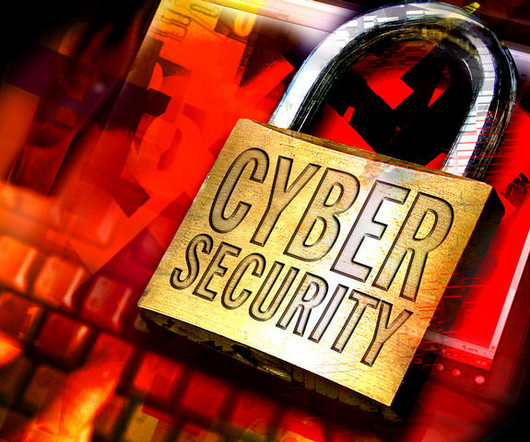Cybersecurity Best Practices for SMB IT
Hacker Combat
JULY 31, 2020
Sure, this might sound like something that doesn’t need to be said, but a surprising number of data breaches occur because people neglect to treat security as a priority. Passwords go unchanged for years because they’re easy to remember. Carry Cyber Insurance. Access codes are shared among “trusted” employees.












Let's personalize your content